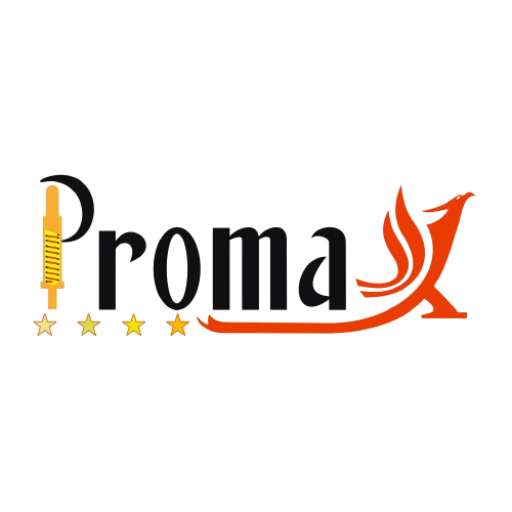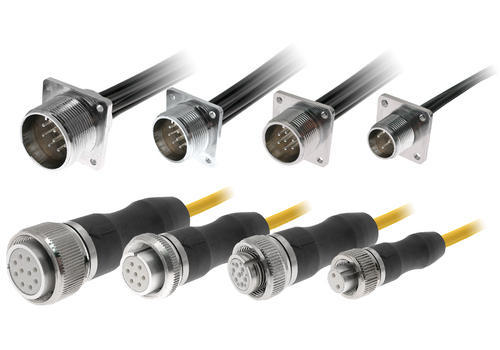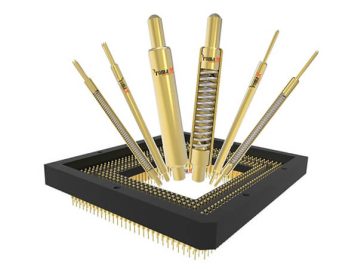There are many different words for the connector. Some people might call them adapters, links, or cables. Whatever name you give them, they all serve the same purpose: connecting devices. Our electronic devices wouldn’t function without connectors; they would just be pricy paperweights.
What Is a Connector?
A connector is an object that joins two or more objects together. Connectors are employed to connect electrical devices and components in the field of electronics. Connectors come in all shapes and sizes, and they are made from a variety of different materials.
What are The Various Connector Types?
There are many different types of connectors, but some of the most common include:
- Audio Connectors
- Video Connectors
- USB Connectors
- Power Connectors
- DIN Connectors
- RJ45 Connectors
- Edge Connectors
- Circular Connectors
- Hybrid Connectors
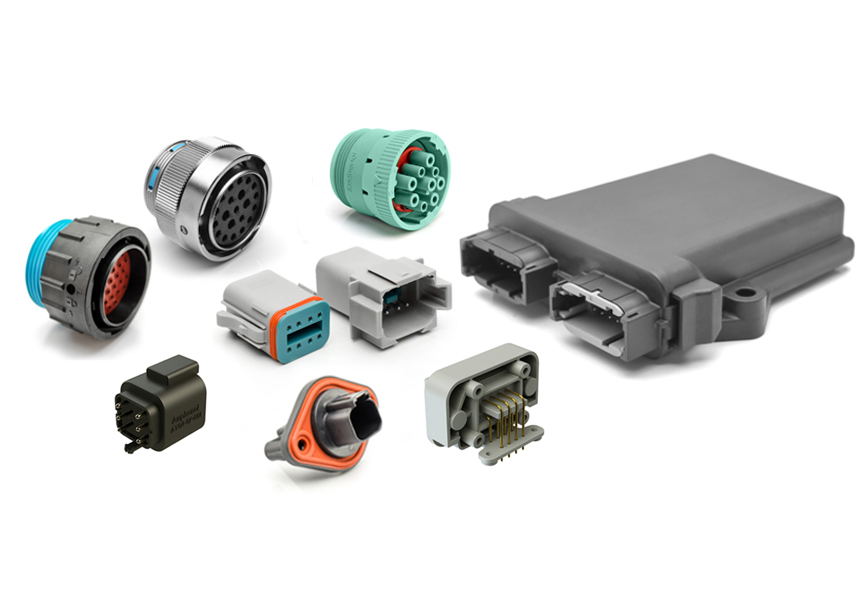
Audio Connectors:
Audio connectors are used to connect audio devices and components. The most common audio connector is the 3.5mm jack, which connects headphones and speakers to electronic devices. Other common audio connectors include RCA plugs, XLR plugs, and 1/4″ TRS plugs.
Video Connectors:
Video connectors are used to connect video devices and components. The most common video connector is the HDMI cable, which connects televisions, computers, and other devices that support video output. Other common video connectors include DVI cables, VGA cables, and DisplayPort cables.
USB Connectors:
USB connectors are used to connect USB devices to electronic devices. The Standard-A plug is the most common type of USB connector, which connects USB peripherals such as keyboards, mice, and flash drives to computers. Other USB connectors include Standard-B plugs, Mini-USB plugs, and Micro-USB plugs.
Power Connectors:
Power connectors connect electrical components and devices to a power source. The most common type of power connector is the AC power plug, which connects electrical devices to a wall outlet. Other power connectors include DC power plugs, battery terminals, and solar panel connectors.
DIN Connectors:
The DIN plug is the most common type of DIN connector used to connect audio and video devices to computers. Other types of DIN connectors include Mini-DIN plugs and Micro-DIN plugs.
RJ45 Connectors:
RJ45 connectors are used to connect electronic devices and electrical components. The most common type of RJ45 connector is the Ethernet cable, which connects computers and other devices to the Internet. Other types of RJ45 connectors include telephone jacks and fiber optic cables.
Edge Connectors:
The most common edge connector type is the PCI Express card, which connects computer peripherals such as sound cards and video cards to a motherboard. Other types of edge connectors include PATA connectors and SATA connectors.
Circular Connectors:
The most common type of circular connector is the BNC connector, which connects coaxial cables to electronic devices. Other types of circular connectors include SMA connectors and F-connectors.
Hybrid Connectors:
The most common type of hybrid connector is the HDMI cable, which connects televisions, computers, and other devices that support video output. Other types of hybrid connectors include DVI cables, VGA cables, and DisplayPort cables.
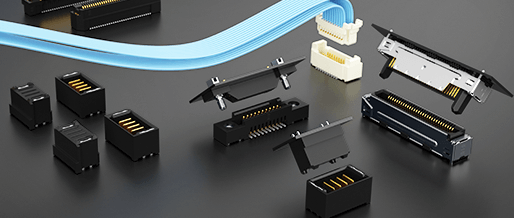
How Are Connectors Made?
Various materials, such as metals, polymers, and composites, are used to create connectors. The material used to make a connector depends on its intended use. For example, audio connectors are typically made from metals such as brass or copper, while video connectors are usually made from plastics such as polyethylene or PVC.
How Do You Choose a Connector?
When choosing a connector, you should consider the following factors:
- The type of device you are connecting
- The type of connection you need
- The amount of voltage and current required
- The size and shape of the connector
- The material the connector is made from
What Are The Components of a Connector?
The components of a connector include the following:
- Pins: Pins are metal or plastic rods that make contact with the electronic device or component.
- Sockets: Sockets are the openings in the connector that the pins fit into.
- Contacts: Contacts are the metal or plastic surfaces that make contact with the electronic device or component.
- Insulators: Insulators are the materials that prevent electrical current from flowing between the pins and contacts.
- Housings: Housings are plastic or metal shells that enclose and protect the other components of the connector.
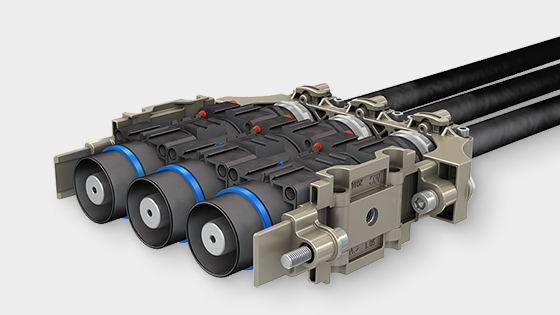
What Benefits Come With The Use of Connectors?
The use of connections has several benefits. Connectors make it easy to connect devices without soldering or welding. They also allow for quick and easy connections and disconnections. Additionally, connectors can be used to connect devices that are not compatible with each other. For example, an RCA connector can connect a DVD player to a TV.
What Drawbacks Do Connectors Possess?
The use of connections has a few drawbacks. One drawback is that they may loosen up with time, which may result in connection issues. Another disadvantage is that some types of connectors are not compatible with all types of electronic devices and components. For example, DIN connectors are not compatible with USB devices.
How Do You Care For Connectors?
To care for your connectors, you should regularly clean them with a soft, dry cloth. You should also avoid exposing them to excessive heat, cold, or moisture. Additionally, you should avoid using harsh chemicals or cleaners on your connectors.
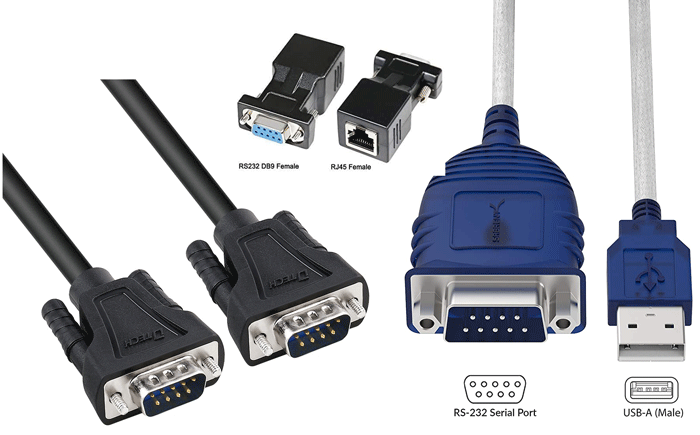
What Types of Connectors Are Available In Computers?
Computer connectors come in a range of types. The USB connector, which is used to attach devices like printers, scanners, and digital cameras to computers, is the most widely used form of connector. Other types of connectors include HDMI connectors, DVI connectors, and VGA connectors.
What Is The Difference Between a Port And a Connector?
Ports and connectors are often confused because they are both used to connect devices to computers. However, there is a key difference between the two. A port is an opening on a computer that allows data to be input or output.
A connector is a physical device that connects two devices together. For example, a USB port is an opening on a computer that allows a USB cable to be plugged in. A USB connector is a physical device (the USB cable) that connects the computer to the USB device.
 Over 15 Years of Expertise
Over 15 Years of Expertise FREE samples provided to ensure product satisfaction
FREE samples provided to ensure product satisfaction Rapid Turnaround: Mass Production Complete in 15 - 20 Days
Rapid Turnaround: Mass Production Complete in 15 - 20 Days